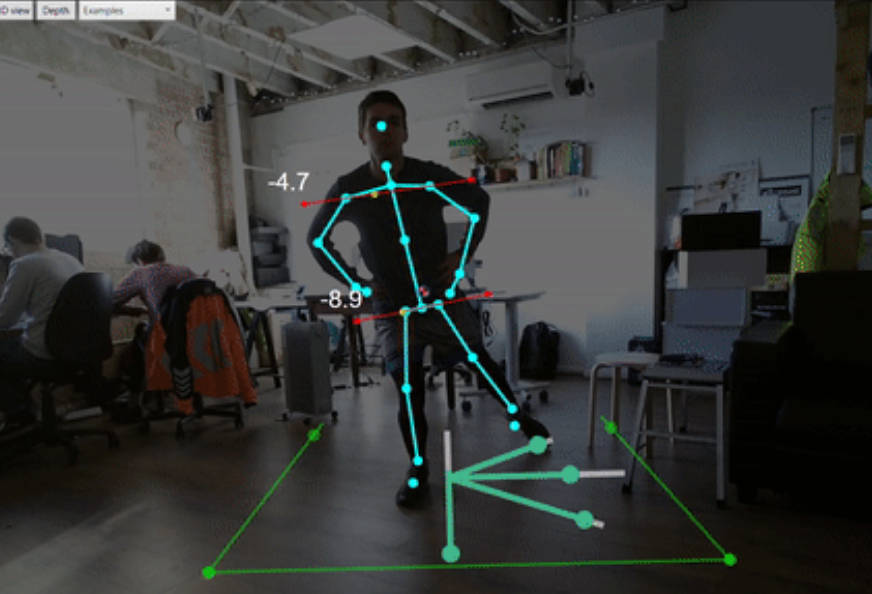Deep Learning for Quality Assessment of Physiotherapy Rehab Exercises
16th September 2020
Proposed by Richard Blythman
Email: blythmar(at)tcd.ie
Tele-health is fast becoming more popular and physiotherapy sessions are often undertaken during live video streaming sessions. Smart video analysis using deep learning models (such as human pose and shape estimation) has the potential to enhance the performance of physiotherapists by providing real time data on the movement of the human body. To further reduce the burden on physios, this project aims to develop a model that automates the quality assessment of rehab exercises (such as squats) i.e. good or bad form.
There is relatively little work in the area. Recently, a dataset of physiotherapy rehabilitation exercises has been acquired in a motion capture laboratory [1]. Furthermore, a model has been developed that takes as input a sequence of joint positions and predicts a binary output – good or bad performance [2, 3].
The initial focus of the project will be on visualisation of the MoCap data (possibly using some computer graphics engines), re-training of the existing model and conversion of the original model from Keras to the popular PyTorch framework. The robustness of the model “in the wild” will then be tested on our own smart phone videos (where joint positions can be predicted from images using in-house human pose estimation models). With a feel for cases where the original model fails to make a correct assessment in the real world and some experience in neural network training and model building in PyTorch, the student may be in a position to add some architectural improvements to the model.
References:
[1] Vakanski, A., Jun, H. P., Paul, D., & Baker, R. (2018). A data set of human body movements for physical rehabilitation exercises. Data, 3(1), 2.
[2] Liao, Y., Vakanski, A., & Xian, M. (2020). A deep learning framework for assessing physical rehabilitation exercises. IEEE Transactions on Neural Systems and Rehabilitation Engineering, 28(2), 468-477.





